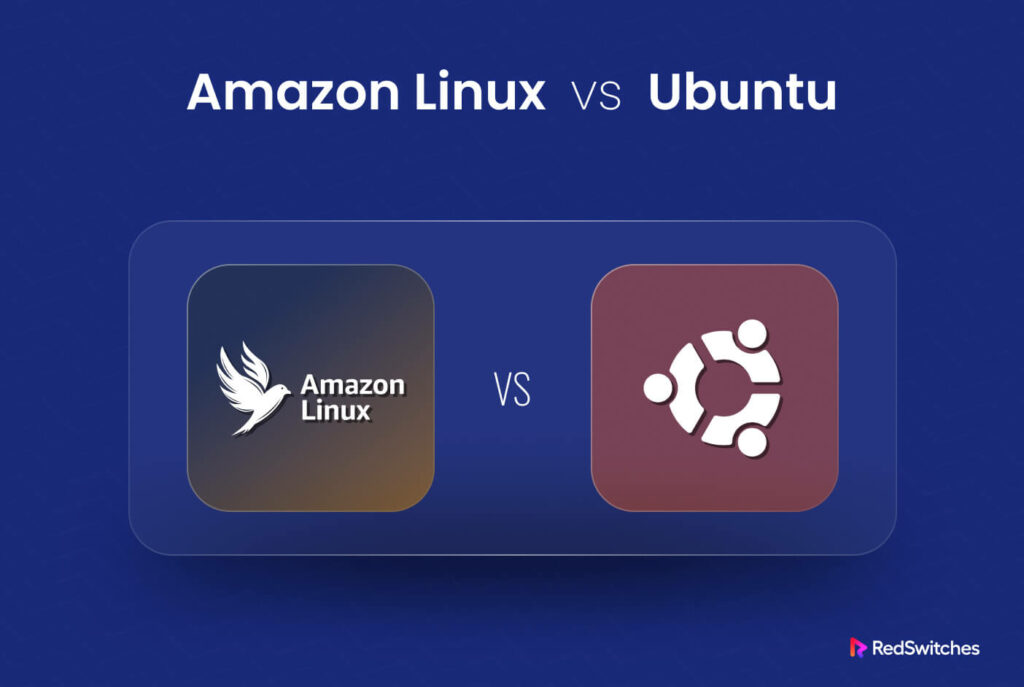
Unveiling the Intriguing World of GTPDOOR Linux Malware
As a tech enthusiast and cybersecurity aficionado, I am always on the lookout for the latest developments in the digital realm. Recently, my attention was captivated by the discovery of a new Linux malware known as GTPDOOR. This malicious software is not your run-of-the-mill threat; it targets telecom networks, exploiting GPRS roaming networks with a level of sophistication that sets it apart from its counterparts.
The Genesis of GTPDOOR
GTPDOOR’s modus operandi involves leveraging the GPRS Tunnelling Protocol (GTP) for command-and-control communications. This unique approach allows threat actors to establish a covert channel for executing commands on compromised hosts within the telecom infrastructure. The malware’s utilization of GTP showcases a strategic evolution in cyber threats, demonstrating the adaptability and ingenuity of malicious actors in circumventing traditional security measures.
Unraveling the Intricacies of GTPDOOR
Upon delving deeper into the intricacies of GTPDOOR, it becomes apparent that the malware exhibits a high degree of sophistication in its design and functionality. One notable feature is its ability to masquerade as legitimate system processes, evading detection and raising the stakes for cybersecurity professionals tasked with identifying and mitigating such threats.
The LightBasin Connection
A key revelation in the investigation of GTPDOOR is its association with the threat actor known as LightBasin, also identified as UNC1945. This linkage sheds light on the broader threat landscape facing the telecom sector, underscoring the persistent challenges posed by sophisticated adversaries with a penchant for targeting critical infrastructure and sensitive data.
Implications for Network Security
The emergence of GTPDOOR serves as a stark reminder of the evolving nature of cyber threats and the critical importance of robust network security measures. As organizations grapple with the complexities of defending against advanced malware and persistent threat actors, proactive threat intelligence and comprehensive security protocols are essential components of a resilient cybersecurity posture.
Embracing a Proactive Security Mindset
In conclusion, the discovery of GTPDOOR underscores the need for a proactive and vigilant approach to cybersecurity. By staying informed about emerging threats, adopting best practices in network defense, and fostering a culture of cyber resilience, organizations can fortify their defenses against evolving cyber risks and safeguard their digital assets from malicious actors.
Stay tuned for more insights and analysis on the latest cybersecurity developments.
If you found this article informative, consider following us on Twitter and LinkedIn for more exclusive content.















